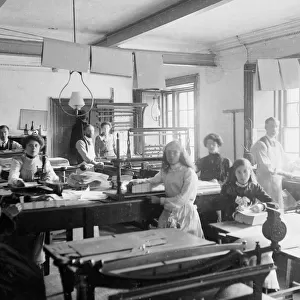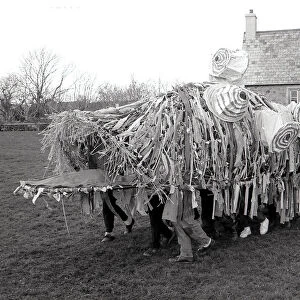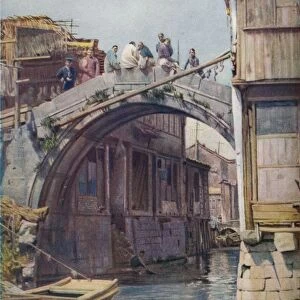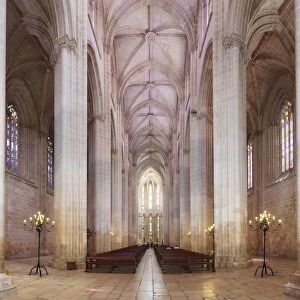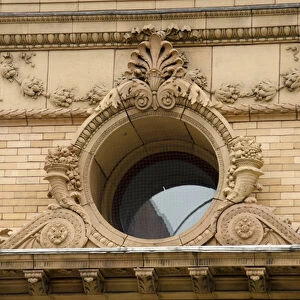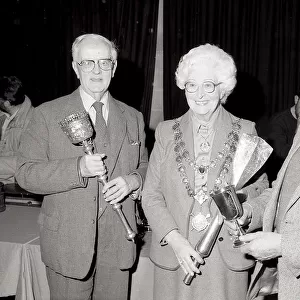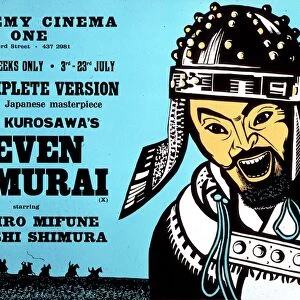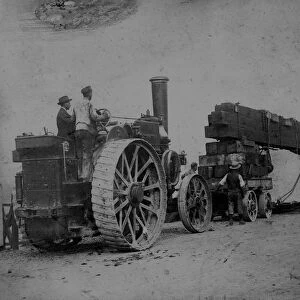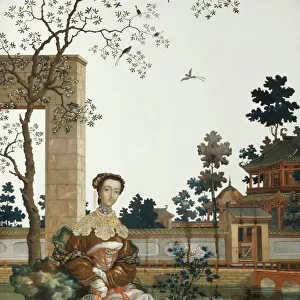Home > Historic > Ancient civilizations > Chinese Dynasties
Bronze Incense Burner (Koro), Japan
![]()

Wall Art and Photo Gifts from Royal Cornwall Museum
Bronze Incense Burner (Koro), Japan
This incense burner dates from around 1800 and is in the form of a Chinese boy (karako) reading a book. Karako is a Japanese term meaning Chinese child. It generally refers to Chinese children as they are portrayed in Japanese art, though the literal translation specifically references the Tang children of the Tang Dynasty [AD618-907]. The figures usually appear to be boys, wearing sets of conventional Chinese clothing and with their hair shaved and/or knotted in the traditional Tang style of this time. Karako are divine beings in Japanese mythology. They embody the innocence and joy of childhood and, as such, are often portrayed in scenarios where they are playing. Other interpretations find that karako are used to symbolise the wish to have a male successor who will gain high social status and also as a benevolent symbol which brings luck, happiness and prosperity. Gift of Alfred De Pass
Royal Cornwall Museum is the UK's Greatest Museum For Cornish Life & Culture
TRURI : 1924.40
Media ID 19210435
© RIC, photographer Mike Searle
Brown Face Metal Metallic Orange Cast Perfume
FEATURES IN THESE COLLECTIONS
> Arts
> Artists
> D
> Alfred
> Related Images
> Asia
> Japan
> Related Images
> Europe
> United Kingdom
> England
> Cornwall
> Related Images
> Historic
> Ancient civilizations
> Chinese Dynasties
> Historic
> Chinese dynasties paintings
> Royal Cornwall Museum
> Museum Objects
> World Cultures
EDITORS COMMENTS
This print showcases a stunning Bronze Incense Burner (Koro) from Japan, dating back to around 1800. The incense burner takes the form of a Chinese boy, known as karako in Japanese art. The term karako specifically refers to the Tang children of the Tang Dynasty, but generally represents Chinese children as depicted in Japanese culture. The bronze figure is intricately crafted, depicting a young boy engrossed in reading a book. Dressed in traditional Chinese clothing and sporting the shaved or knotted hairstyle popular during the Tang Dynasty, this karako exudes an air of innocence and joy associated with childhood. In Japanese mythology, karako are revered as divine beings symbolizing purity and happiness. They often appear engaged in playful activities, embodying the carefree nature of youth. Additionally, these figures hold symbolic significance for those seeking male successors who will achieve high social status or bring good fortune and prosperity into their lives. This remarkable piece was generously gifted to the Royal Cornwall Museum by Alfred De Pass. Its face shines with metallic hues of orange and brown while its cast metal construction adds depth and texture to its decorative design. Through this print captured by MIke Searle's lens, we are transported into the enchanting world of Japanese artistry where cultural symbolism intertwines with exquisite craftsmanship.
MADE IN AUSTRALIA
Safe Shipping with 30 Day Money Back Guarantee
FREE PERSONALISATION*
We are proud to offer a range of customisation features including Personalised Captions, Color Filters and Picture Zoom Tools
SECURE PAYMENTS
We happily accept a wide range of payment options so you can pay for the things you need in the way that is most convenient for you
* Options may vary by product and licensing agreement. Zoomed Pictures can be adjusted in the Cart.



